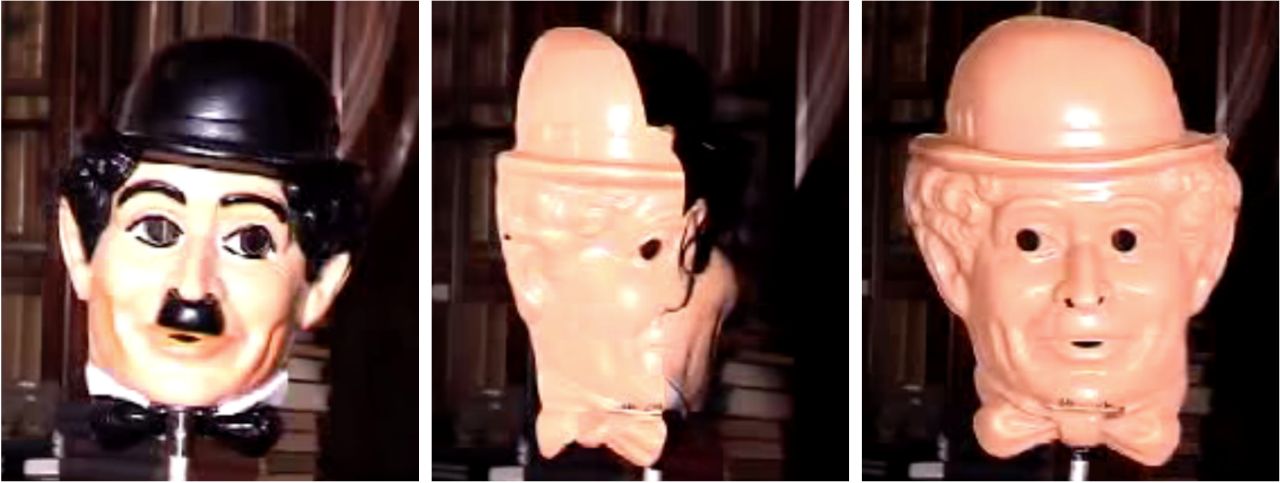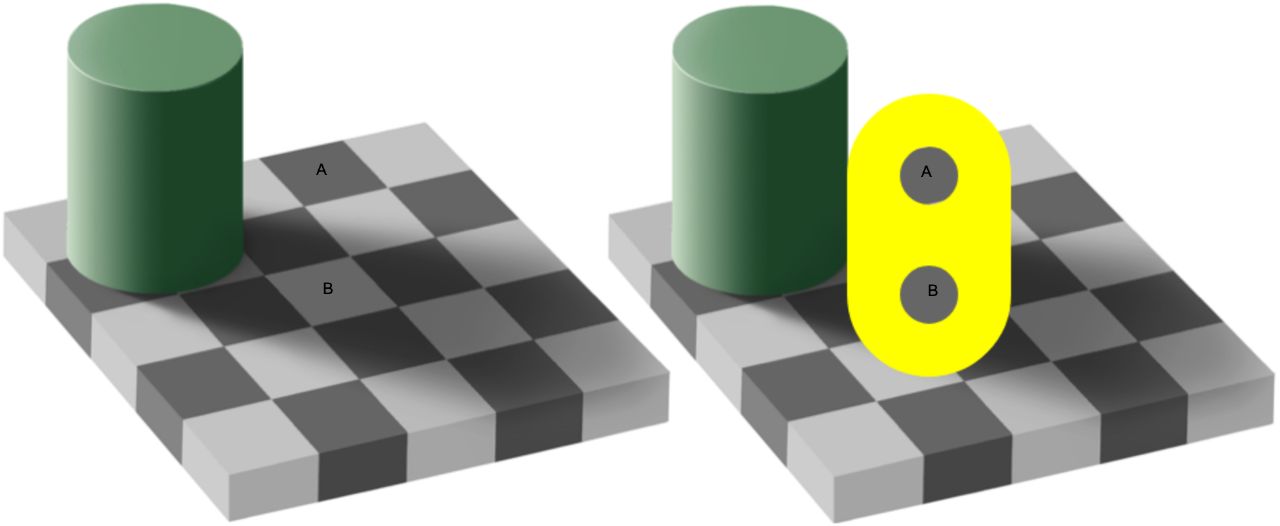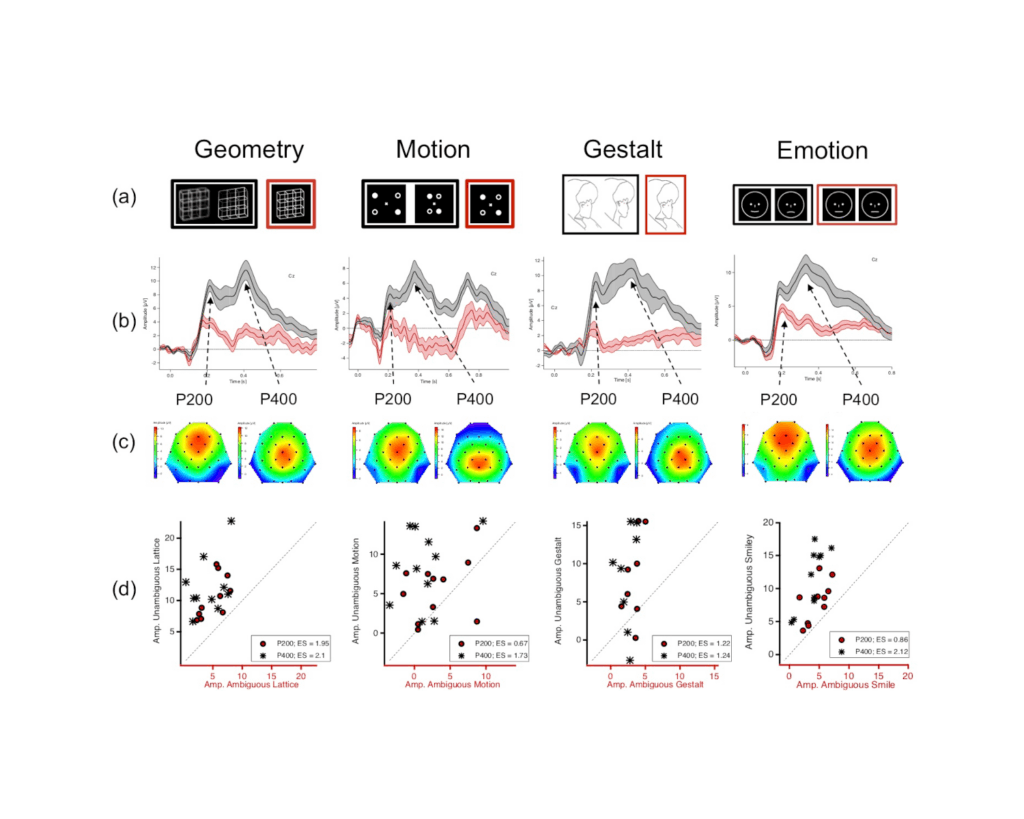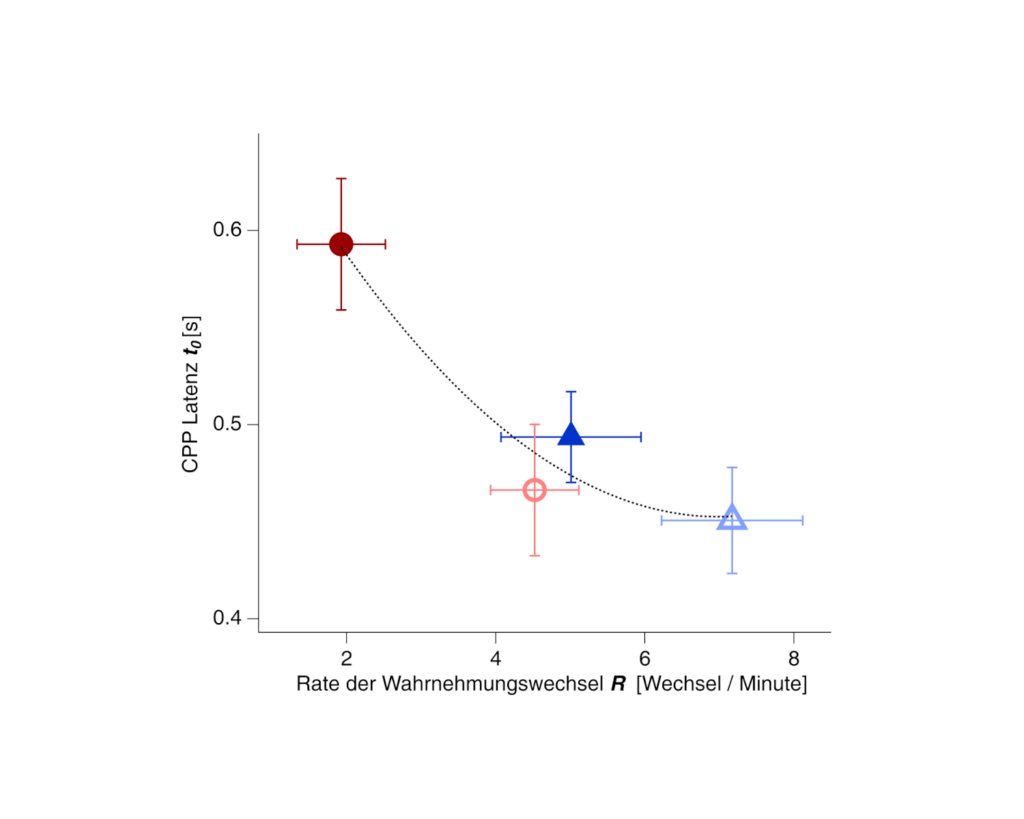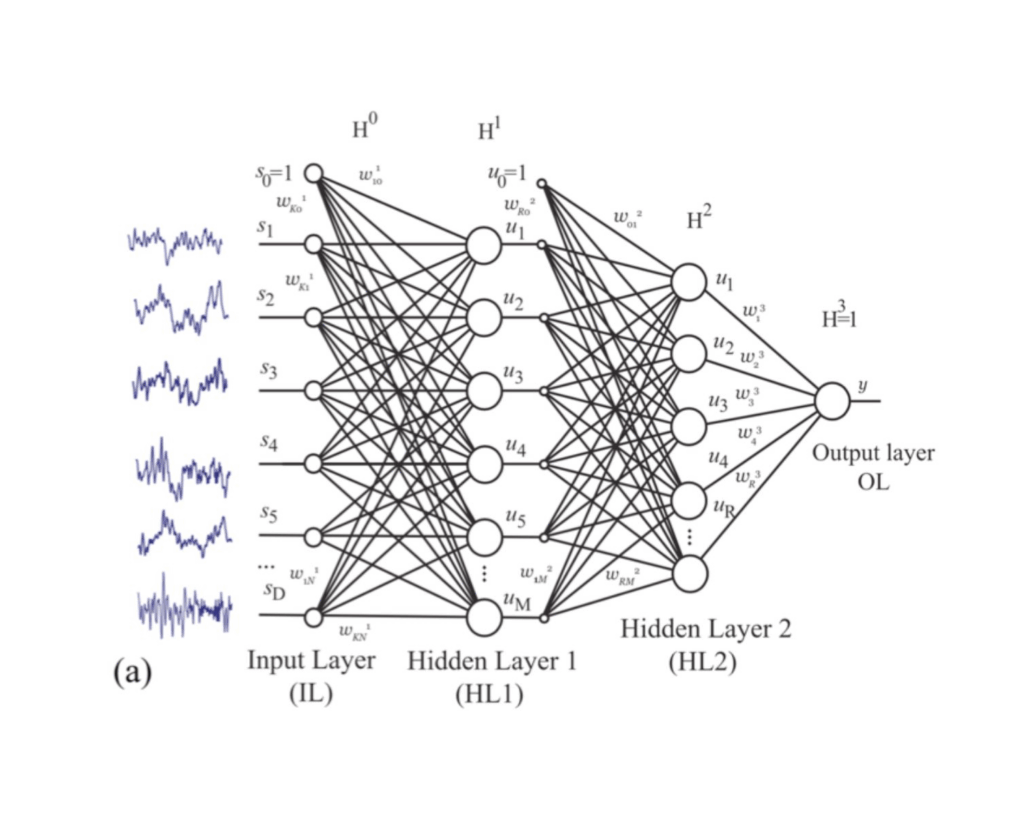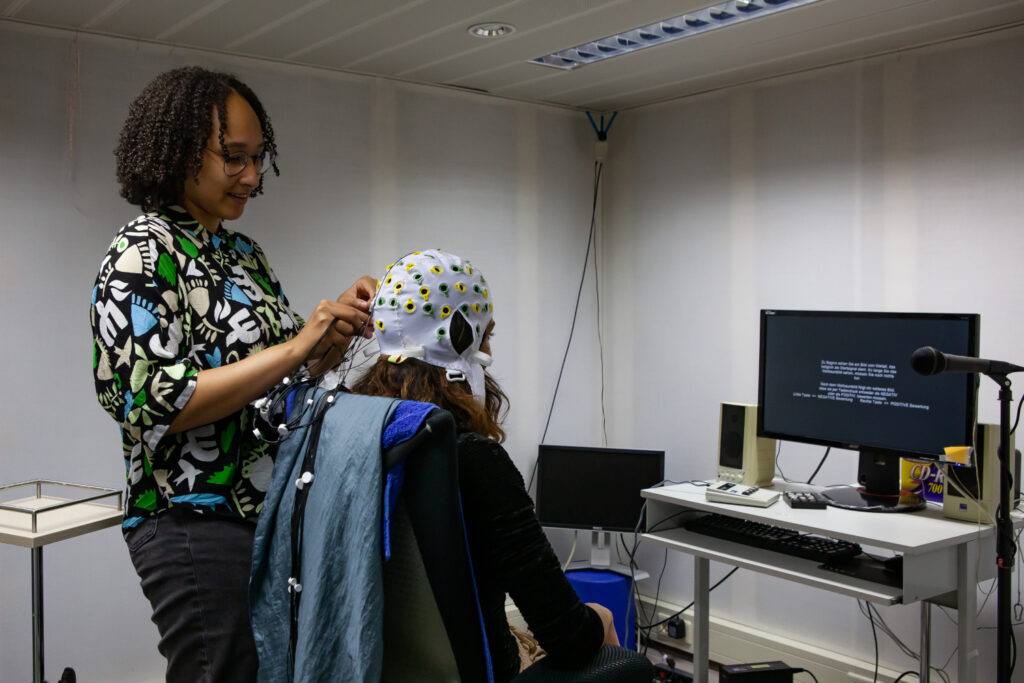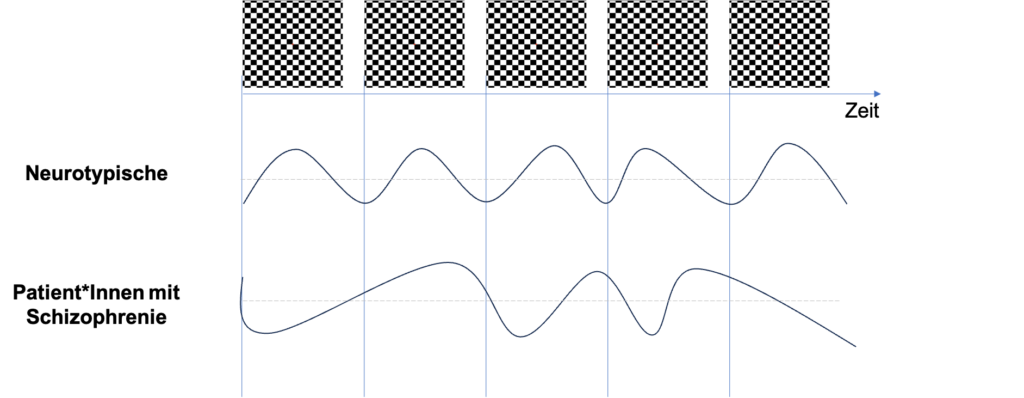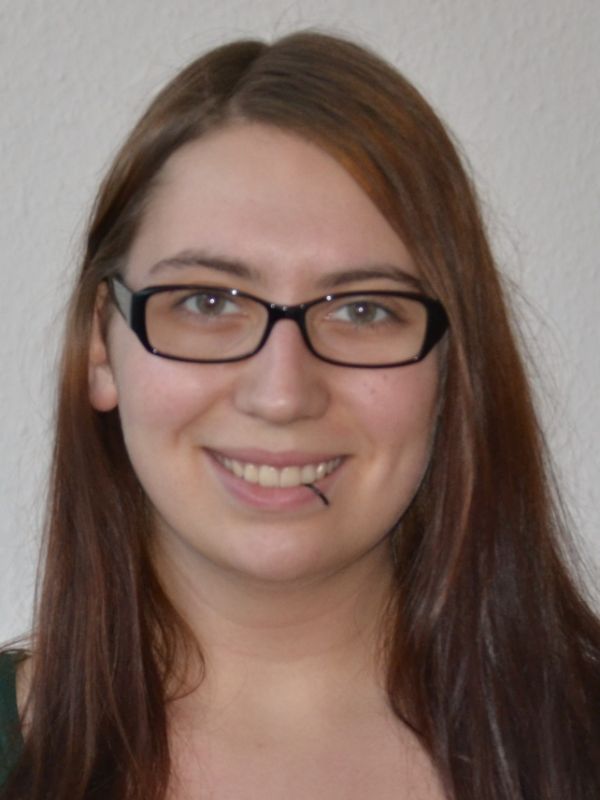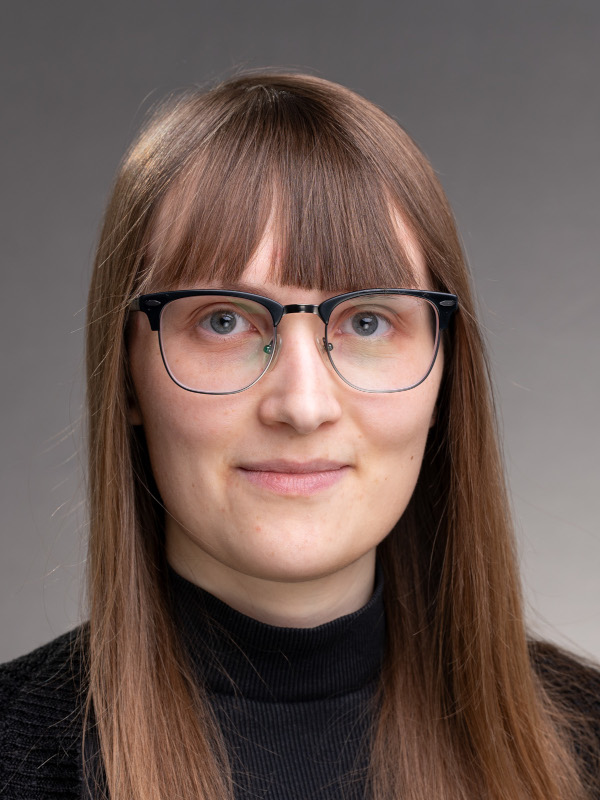Mind and Matter
Introduction
Our everyday experience suggests that the world is exactly as we perceive it. However, the information available through our senses is always incomplete, usually very noisy and can even fit more than one interpretation ( see Fig. 1 and 2 ). It follows that distinctions between reality and illusion are limited by the capacity of our perceptual system and the reliability of our memory. Perception is thus a core area of the mind-matter debate. Perceptual illusions and perceptual anomalies can be experienced as extraordinary visual experiences and can lead to altered and possibly unstable states of consciousness. However, perceptual anomalies can also originate from altered, unstable states of perception and consciousness.
Fig. 1
The hollow mask illusion: The convex front (left) and the concave back (right) of a Charlie Chaplin mask. Even if we are cognitively aware of the concavity of the back of a mask, we perceive it as convex. Source: Max Planck Institute for Biological Cybernetics, Tübingen, (see also Hill and Johnston 2007)
The aim of our work is to gain a better understanding of psychophysical interactions by investigating perceptual processes and perceptual anomalies. With the help of suitable visual stimuli, we try to create unstable perceptual states in test subjects under controlled laboratory conditions. We then examine these unstable perceptual states as a model for unstable mental states that may occur in people with extraordinary experiences or altered states of consciousness, e.g. in a spiritual environment. Using psychophysical methods, electroencephalography (EEG), functional magnetic resonance imaging (fMRI) and methods from the field of artificial intelligence, we try to better understand the processes underlying such perceptual instabilities.
In cooperation with the Department of Psychiatry and Psychotherapy at the Freiburg University Medical Center and the Department of Psychiatry in Strasbourg, we are investigating patients with psychiatric disorders, some of whom suffer from pathologically unstable perceptual and/or mental states, in order to test models and the resulting hypotheses and at the same time gain a better understanding of these disorders.
Fig. 2
Adelson’s Checker-Shadow illusion (see also Adelson EH 1993). Left: Square ‘B’ appears much brighter than square ‘A’. Right: A mask isolates areas of squares ‘A’ and ‘B’ from their context. It becomes clear that ‘A’ and ‘B’ are equally bright. Image source: Michael Bach’s website about visual phenomena and optical illusions
Selected Projects
Working Group
Institute Director and Working Group Leader
PhD student
Postdoc, Laboratory Manager
Freelancer
PhD student
PhD student
Publications
Al-Nosairy, K. O., Quanz, E. V., Eick, C. M., Hoffmann, M. B., & Kornmeier, J. (2023). Altered Perception of the Bistable Motion Quartet in Albinism. Investigative Opthalmology & Visual Science, 64(14), 39. https://doi.org/10.1167/iovs.64.14.39
Arrouet, A., Polgári, P., Giersch, A., & Joos, E. (2022). Temporal Order Judgments in Schizophrenia and Bipolar Disorders – Explicit and Implicit Measures. Timing & Time Perception, 11(1–4), 362–385. https://doi.org/10.1163/22134468-bja10071
Atmanspacher, H., Bach, M., Filk, T., Kornmeier, J., & Römer, H. (2008). Cognitive Time Scales in a Necker-Zeno Model for Bistable Perception. The Open Cybernetics and Systemics Journal, 2, 234–251.
Costa, R. M., Campos, P., Wiborg, M., Rebôlo, C., Wittmann, M., & Kornmeier, J. (2022). Prevalence of visual snow and relation to attentional absorption. PLOS ONE, 17(11), e0276971. https://doi.org/10.1371/journal.pone.0276971
Duval, C. Z., Goumon, Y., Kemmel, V., Kornmeier, J., Dufour, A., Andlauer, O., Vidailhet, P., Poisbeau, P., Salvat, E., Muller, A., Mensah-Nyagan, A. G., Schmidt-Mutter, C., & Giersch, A. (2016). Neurophysiological responses to unpleasant stimuli (acute electrical stimulations and emotional pictures) are increased in patients with schizophrenia. Scientific Reports, 6, 22542. https://doi.org/10.1038/srep22542
Ehm, W., Bach, M., & Kornmeier, J. (2010). Variability in gamma activity during observation of ambiguous figures. In A. Bastianelli & G. Vidotto (Eds.), Fechner Day 2010 (pp. 439–444). International Society for Psychophysics.
Ehm, W., Bach, M., & Kornmeier, J. (2011). Ambiguous figures and binding: EEG frequency modulations during multistable perception. Psychophysiology, 48(4), 547–558. https://doi.org/10.1111/j.1469-8986.2010.01087.x
Ehm, W., Kornmeier, J., & Heinrich, S. P. (2010). Multiple testing along a tree. Electronic Journal of Statistics, 4(none). https://doi.org/10.1214/09-EJS496
Foerster, F. R., Joos, E., Martin, B., Coull, J. T., & Giersch, A. (2024). Self and time in individuals with schizophrenia: A motor component? Schizophrenia Research, 272, 12–19. https://doi.org/10.1016/j.schres.2024.08.008
Friedel, E. B. N., Hahn, H.-T., Maier, S., Küchlin, S., Reich, M., Runge, K., Bach, M., Heinrich, S. P., Kornmeier, J., Endres, D., Ebert, D., Domschke, K., Tebartz Van Elst, L., & Nickel, K. (2022). Structural and functional retinal alterations in patients with paranoid schizophrenia. Translational Psychiatry, 12(1), 402. https://doi.org/10.1038/s41398-022-02167-7
Friedel, E. B. N., Tebartz Van Elst, L., Beringer, M., Endres, D., Runge, K., Maier, S., Kornmeier, J., Bach, M., Domschke, K., Heinrich, S. P., & Nickel, K. (2024). Reduced contrast sensitivity, pattern electroretinogram ratio, and diminished a-wave amplitude in patients with major depressive disorder. European Archives of Psychiatry and Clinical Neuroscience, 275, 1151–1163. https://doi.org/10.1007/s00406-024-01826-8
Friedel, E. B. N., Tebartz Van Elst, L., Schäfer, M., Maier, S., Runge, K., Küchlin, S., Reich, M., Lagrèze, W. A., Kornmeier, J., Ebert, D., Endres, D., Domschke, K., & Nickel, K. (2022). Retinal Thinning in Adults with Autism Spectrum Disorder. Journal of Autism and Developmental Disorders. https://doi.org/10.1007/s10803-022-05882-8
Friedel, E. B. N., Tebartz Van Elst, L., Schmelz, C., Ebert, D., Maier, S., Endres, D., Runge, K., Domschke, K., Bubl, E., Kornmeier, J., Bach, M., Heinrich, S. P., & Nickel, K. (2021). Replication of Reduced Pattern Electroretinogram Amplitudes in Depression With Improved Recording Parameters. Frontiers in Medicine, 8, 732222. https://doi.org/10.3389/fmed.2021.732222
Hecker, L., Rupprecht, R., Tebartz Van Elst, L., & Kornmeier, J. (2021). ConvDip: A Convolutional Neural Network for Better EEG Source Imaging. Frontiers in Neuroscience, 15, 569918. https://doi.org/10.3389/fnins.2021.569918
Hecker, L., Tebartz Van Elst, L., & Kornmeier, J. (2023). Source localization using recursively applied and projected MUSIC with flexible extent estimation. Frontiers in Neuroscience, 17, 1170862. https://doi.org/10.3389/fnins.2023.1170862
Hecker, L., Wilson, M., Tebartz van Elst, L., & Kornmeier, J. (2022). Altered EEG variability on different time scales in participants with autism spectrum disorder: An exploratory study. Scientific Reports, 12(1), 13068. https://doi.org/10.1038/s41598-022-17304-x
Joos, E., Giersch, A., Bhatia, K., Heinrich, S. P., Tebartz van Elst, L., & Kornmeier, J. (2020). Using the perceptual past to predict the perceptual future influences the perceived present – A novel ERP paradigm. PLOS ONE, 15(9), e0237663. https://doi.org/10.1371/journal.pone.0237663
Joos, E., Giersch, A., Hecker, L., Schipp, J., Heinrich, S. P., Elst, L. T. van, & Kornmeier, J. (2020). Large EEG amplitude effects are highly similar across Necker cube, smiley, and abstract stimuli. PLOS ONE, 15(5), e0232928. https://doi.org/10.1371/journal.pone.0232928
Knötzele, J., Riemann, D., Frase, L., Feige, B., Van Elst, L. T., & Kornmeier, J. (2023). Presenting rose odor during learning, sleep and retrieval helps to improve memory consolidation: A real-life study. Scientific Reports, 13(1), 2371. https://doi.org/10.1038/s41598-023-28676-z
Kornmeier, J. (2020). Wahrnehmungsforschung und das psychophysische Problem. In D. Vaitl (Ed.), An den Grenzen unseres Wissens: Von der Faszination des Paranormalen (pp. 153–173). Herder Verlag.
Kornmeier, J., & Bach, M. (2004). Early neural activity in Necker-cube reversal: Evidence for low-level processing of a gestalt phenomenon. Psychophysiology, 41, 1–8. https://doi.org/10.1046/j.1469-8986.2003.00126.x
Kornmeier, J., & Bach, M. (2005). The Necker cube – an ambiguous figure disambiguated in early visual processing. Vision Res, 45, 955–960. https://dx.doi.org/10.1016/j.visres.2004.10.006
Kornmeier, J., & Bach, M. (2006). Bistable perception—Along the processing chain from ambiguous visual input to a stable percept. Int J Psychophysiol, 62(2), 345–349.
Kornmeier, J., & Bach, M. (2009). Object perception: When our brain is impressed but we do not notice it. Journal of Vision, 9(1), 7 1-10. https://doi.org/10.1167/9.1.7
Kornmeier, J., & Bach, M. (2012). Ambiguous figures – what happens in the brain when perception changes but not the stimulus. Frontiers in Human Neuroscience, 6(51), 1–23. https://doi.org/10.3389/fnhum.2012.00051
Kornmeier, J., & Bach, M. (2014). EEG correlates of perceptual reversals in Boring’s ambiguous old/young woman stimulus. Perception, 43(9), 950–962. https://doi.org/10.1068/p7741
Kornmeier, J., Bach, M., & Atmanspacher, H. (2004). Correlates of perspective instabilities in visually evoked potentials. Int. J. Bifurcat. Chaos, 14(2), 727–736.
Kornmeier, J., Bhatia, K., & Joos, E. (2021). Top-down resolution of visual ambiguity – knowledge from the future or footprints from the past? PLOS ONE, 16(10), e0258667. https://doi.org/10.1371/journal.pone.0258667
Kornmeier, J., Ehm, W., Bigalke, H., & Bach, M. (2007). Discontinuous presentation of ambiguous figures: How interstimulus-interval durations affect reversal dynamics and ERPs. Psychophysiology, 44(4), 552–560.
Kornmeier, J., Friedel, E., Wittmann, M., & Atmanspacher, H. (2017). EEG correlates of cognitive time scales in the Necker-Zeno model for bistable perception. Consciousness and Cognition, 53, 136–150. https://doi.org/10.1016/j.concog.2017.04.011
Kornmeier, J., Friedel, Evelyn., Hecker, L., Schmidt, S., & Wittmann, M. (2019). What happens in the brain of meditators when perception changes but not the stimulus? PLOS ONE, 14(10), e0223843. https://doi.org/10.1371/journal.pone.0223843
Kornmeier, J., Hein, C. M., & Bach, M. (2009). Multistable perception: When bottom-up and top-down coincide. Brain and Cognition, 69(1), 138–147. https://doi.org/10.1016/j.bandc.2008.06.005
Kornmeier, J., & Mayer, G. (2014). The alien in the forest OR when temporal context dominates perception. Perception, 43(11), 1270–1274. https://doi.org/10.1068/p7844
Kornmeier, J., Pfaffle, M., & Bach, M. (2011). Necker cube: Stimulus-related (low-level) and percept-related (high-level) EEG signatures early in occipital cortex. J Vis, 11(9), 1–11. https://doi.org/10.1167/11.9.12
Kornmeier, J., & Sosic-Vasic, Z. (2011). Hirngymnastik nach Plan – Gibt es ein Trainingsprogramm für effizientes Lernen? Nervenheilkunde, 8, 613–620.
Kornmeier, J., & Sosic-Vasic, Z. (2012). Parallels between spacing effects during behavioral and cellular learning. Front Hum Neurosci, 6, 203. https://doi.org/10.3389/fnhum.2012.00203
Kornmeier, J., Sosic-Vasic, Z., & Joos, E. (2022). Spacing learning units affects both learning and forgetting. Trends in Neuroscience and Education, 26, 100173. https://doi.org/10.1016/j.tine.2022.100173
Kornmeier, J., Spitzer, M., & Sosic-Vasic, Z. (2014). Very similar spacing-effect patterns in very different learning/practice domains. PLoS One, 9(3), e90656. https://doi.org/10.1371/journal.pone.0090656
Kornmeier, J., Wörner, R., & Bach, M. (2016). Can I trust in what I see? – EEG Evidence for a Cognitive Evaluation of Perceptual Constructs. Psychophysiology, 53, 1507–1523. https://doi.org/10.1111/psyp.12702
Kornmeier, J., Wörner, R., Riedel, A., Bach, M., & Tebartz van Elst, L. (2014). A Different View on the Checkerboard? Alterations in Early and Late Visually Evoked EEG Potentials in Asperger Observers. PLoS ONE, 9(3), e90993. https://doi.org/10.1371/journal.pone.0090993
Kornmeier, J., Wörner, R., Riedel, A., & Tebartz van Elst, L. (2017). A different view on the Necker cube—Differences in multistable perception dynamics between Asperger and non-Asperger observers. PLOS ONE, 12(12), e0189197. https://doi.org/10.1371/journal.pone.0189197
Liaci, E., Bach, M., Tebartz van Elst, L., Heinrich, S. P., & Kornmeier, J. (2016). Ambiguity in Tactile Apparent Motion Perception. PLOS ONE, 11(5), e0152736. https://doi.org/10.1371/journal.pone.0152736
Liaci, E., Fischer, A., Atmanspacher, H., Heinrichs, M., Tebartz van Elst, L., & Kornmeier, J. (2018). Positive and Negative Hysteresis Effects for the Perception of Geometric and Emotional Ambiguities. PLOS ONE, 13(9). https://doi.org/10.1371/journal.pone.0202398
Liaci, E., Fischer, A., Heinrichs, M., Tebartz van Elst, L., & Kornmeier, J. (2017). Mona Lisa is always happy – and only sometimes sad. Scientific Reports, 7, 43511. https://doi.org/10.1038/srep43511
Mayer, G., & Kornmeier, J. (2014). Rätselhafte Objekte auf den Bildern einer Wildkamera oder: Die Tücken der Wahrnehmung. Zeitschrift für Anomalistik, 14, 7–24.
Mozhdehfarahbakhsh, A., Hecker, L., Joos, E., & Kornmeier, J. (2024). Visual imagination can influence visual perception – towards an experimental paradigm to measure imagination. Scientific Reports, 14(1), 24486. https://doi.org/10.1038/s41598-024-74693-x
Neumann, F., Oberhauser, V., & Kornmeier, J. (2020). How odor cues help to optimize learning during sleep in a real life-setting. Scientific Reports, 10(1), 1227. https://doi.org/10.1038/s41598-020-57613-7
O’Shea, R. P., Kornmeier, J., & Roeber, U. (2013). Predicting visual consciousness electrophysiologically from intermittent binocular rivalry. PLoS ONE, 8(10), e76134. https://doi.org/10.1371/journal.pone.0076134
Sosic-Vasic, Z., Hille, K., Kröner, J., Spitzer, M., & Kornmeier, J. (2018). When Learning Disturbs Memory – Temporal Profile of Retroactive Interference of Learning on Memory Formation. Frontiers in Psychology, 9. https://doi.org/10.3389/fpsyg.2018.00082
Staadt, R., Philipp, S. T., Cremers, J. L., Kornmeier, J., & Jancke, D. (2020). Perception of the difference between past and present stimulus: A rare orientation illusion may indicate incidental access to prediction error-like signals. PLOS ONE, 15(5), e0232349. https://doi.org/10.1371/journal.pone.0232349
Wernery, J., Atmanspacher, H., Kornmeier, J., Candia, V., Folkers, G., & Wittmann, M. (2015). Temporal processing in bistable perception of the Necker cube. Perception, 44(2), 157–168. https://doi.org/10.1068/p7780
Wilson, M., Hecker, L., Joos, E., Aertsen, A., Tebartz Van Elst, L., & Kornmeier, J. (2023). Spontaneous Necker-cube reversals may not be that spontaneous. Frontiers in Human Neuroscience, 17, 1179081. https://doi.org/10.3389/fnhum.2023.1179081
Wilson, M., Joos, E., Giersch, A., Bonnefond, A., Tebartz Van Elst, L., Hecker, L., & Kornmeier, J. (2024). Do smaller P300 amplitudes in schizophrenia result from larger variability in temporal processing? Schizophrenia, 10(1), 104. https://doi.org/10.1038/s41537-024-00519-4
Wilson, M., Wittmann, M., & Kornmeier, J. (2025). Behavioural and EEG correlates of forward and backward priming—An exploratory study. PLOS One, 20(5), e0322930. https://doi.org/10.1371/journal.pone.0322930
